My Private Dinosaur and Home Pharma
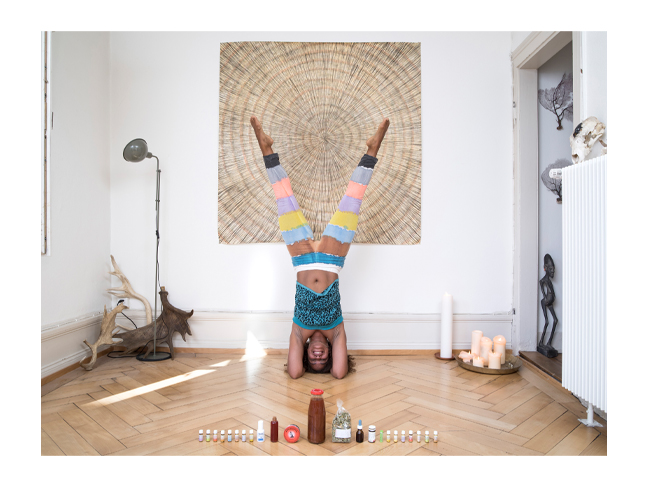
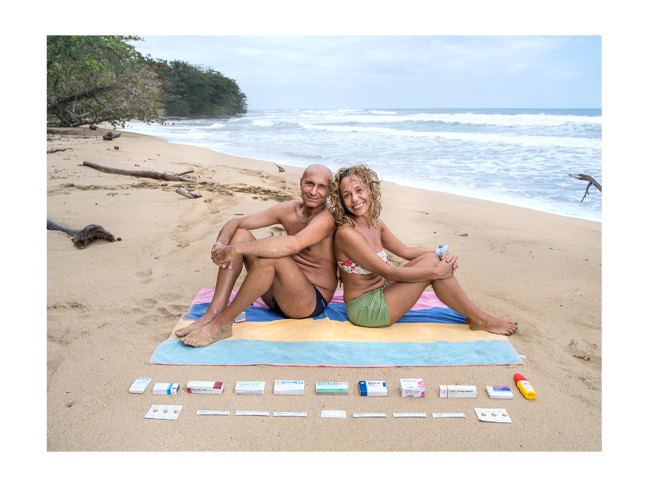

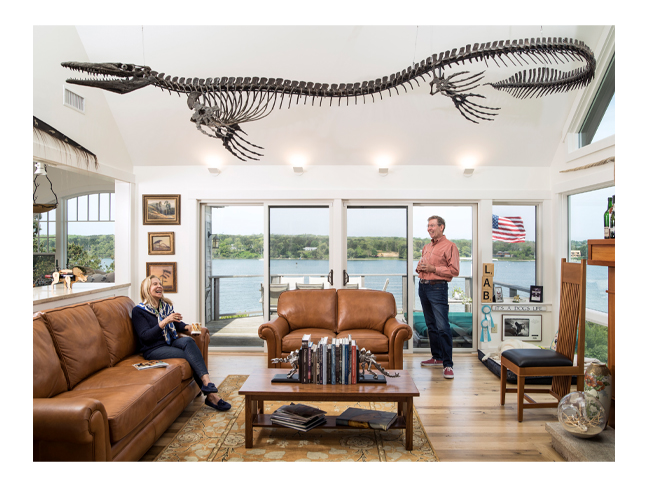
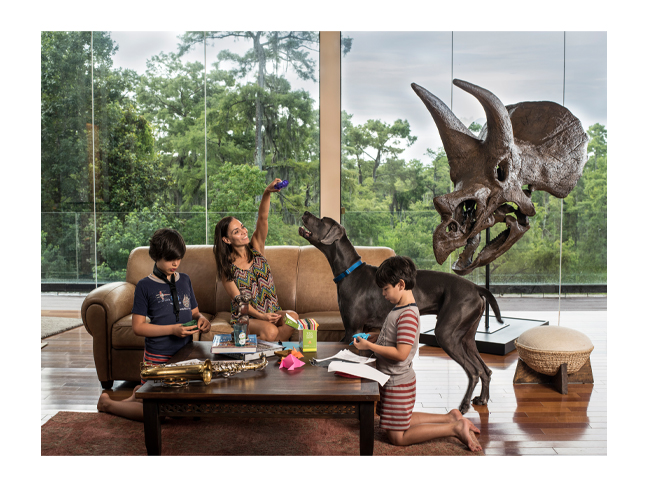
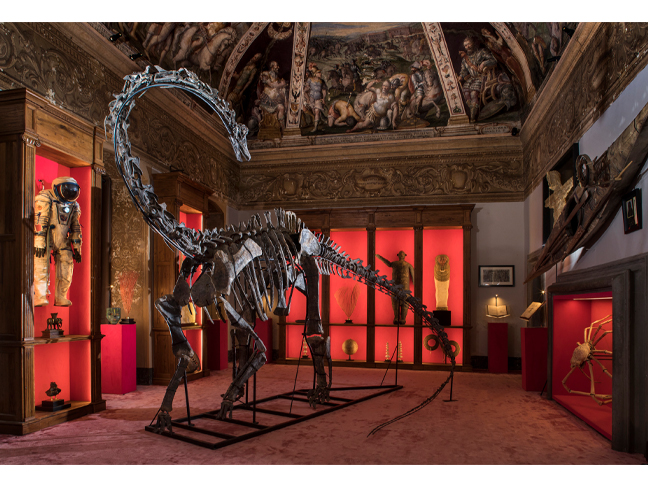
Gabriele Galimberti. From the ‘Home Pharma’ series. 2018. Courtesy of the artist
Gabriele Galimberti. From the ‘Home Pharma’ series. 2018. Courtesy of the artist
Gabriele Galimberti. From the ‘Home Pharma’ series. 2018. Courtesy of the artist
Gabriele Galimberti. From the ‘My Private Dinosaur’ series. Martha's Vineyard, Massachusetts, USA. May 27th. 2018. Courtesy of the artist
Gabriele Galimberti. From the ‘My Private Dinosaur’ series. Mandeville, Louisiana, USA. May 25th 2018. Courtesy of the artist
Gabriele Galimberti. From the ‘My Private Dinosaur’ series. Arezzo, Italy. January 8th, 2018. Courtesy of the artist
Moscow, 7.06.2022—11.09.2022
exhibition is over
Share with friends
Curator: Olga Daniele
For the press
XIV INTERNATIONAL MONTH OF PHOTOGRAPHY IN MOSCOW ‘PHOTOBIENNALE-2022’
Gabriele Galimberti
My Private Dinosaur. Home Pharma
Curator: Olga Daniele
As part of the ‘Photobiennale-2022’ the Multimedia Art Museum, Moscow presents the first exhibition in Russia by Gabriele Galimberti, one of the most famous Italian contemporary photographers, including the series ‘Home Pharma’ and ‘My Private Dinosaur’.
Solo exhibitions by Gabriele Galimberti have been held at the Victoria and Albert Museum (UK), the FOMU Museum (Belgium), the Winterthur Photo Museum (Switzerland), the Taipei Art Museum (Taiwan) and other venues; his work has also been shown at international photo festivals such as the International Photographic Meetings in Arles (France), Festival Images in Vevey (Switzerland), etc.
Gabriele Galimberti was born in 1977 and studied photography at the Fondazione Studio Marangoni in Florence. He worked as a fashion photographer before concentrating on documentary photography. Galimberti has collaborated with La Repubblica, Le Monde, The Sunday Times, Stern, National Geographic, Geo,etc.
In 2021 Gabriele Galimberti won the World Press Photo award in the Portrait category.
The photographer has worked for many years in some cases on numerous projects that are essentially portraiture. Gabriele Galimberti creates studies of his subjects not only by capturing the individual in question, but also by surrounding him with a certain category of his material belongings, according to his own scenario.
The material world around each of us is like a calling card that reveals our personality no less than the clothes we wear, our facial expressions, movements and words. This objective world also testifies to the culture in which a person grew up and lives, his values, the level of prosperity, and the social mythologies that determine his behaviour.
Shooting his projects in different countries, communicating with a vast number of people, Galimberti makes portraits of specific heroes yet at the same time paints a portrait of our society. He emphasises the differences and contrasts such as which toys adults select for their children in different countries and different strata of society, or which medicines feature in the first-aid kits of people living in mega-cities or huts, but it is these contrasts that show the common factors that unite people: our anxieties and fears, our attempts to secure the future, or the desire to close our eyes and live for today.
The series ‘Home Pharma’, for example, revealing the contents of home first-aid kits, shows a huge gap in the ability of representatives from different countries and different social classes to manage their health. This series also shows the level of anxiety characteristic of different people. Some are ready to endlessly stock up on medicines that often remain unpacked, ‘just in case’, while others say no to pills in principle. There are those that believe in folk medicine and the miraculous properties of plant leaves, and people who simply have no opportunity to purchase medicines.
Gabriele Galimberti worked on the project ‘Home Pharma’ from 2016 to 2020. He shot it in different parts of the world, travelling to dozens of countries: France, Italy, USA, India, Colombia, Costa Rica, Japan, etc.
Gabriele Galimberti’s projects create a generalised image of our civilisation. At the same time the artist tries to understand the life and psychology of each of his characters with the meticulousness of a documentarian. Each photo in the project is carefully accompanied by the author’s text.
The ‘Home Pharma’ series is part of a larger project called ‘Happy Pills’, in which Gabriele Galimberti and three of his fellow photographers, Paolo Woods, Arnaud Robert and Edoardo Delille, document how people try to control their lives with medicaments.
The ‘My Private Dinosaur’ project demonstrates a new trend among wealthy people who use giant skeletons of fossil animals as living room décor in Loire castles, Beijing mansions or ranches in the American Midwest, etc.
For thousands of years, art collections have testified to a certain social status and the personal artistic taste of the owner of this collection. Interest in the skeletons of fossil animals, which become decorative objects in houses or offices, is a new, but already mass hobby.
Over the past decades scientific achievements in the field of paleontology, science fiction, thrillers, anime, comics and computer games have created a certain cult around ancient fossil animals, replicated in the mass consciousness. Today, both adults and children play dinosaurs.
Every popular interest has deep roots harking back to the individual and collective unconscious. The more we begin to think about climatic, ecological, epidemiological, military and other threats that may destroy our civilisation, the sharper our interest in those who reigned on Earth long before Homo sapiens appeared.
Today, well-preserved skeletons of fossil animals are put up for sale, even at major art auctions. Their price can reach millions of euros. Excavations and the work of paleontologists, engineers, artists and designers who ‘restore’ bones to produce a ‘marketable appearance’ have turned into an entire industry.
Gabriele Galimberti has filmed different phases of this process: from the excavation and restoration of bones in Montana and South Dakota, to the reconstruction of a dinosaur skeleton in an Italian hangar and an auction in Paris.
Many collectors conceal their acquisition of fossil animal skeletons and the topic of commercial paleontology has been hotly debated for two decades, beginning with an auction in 1997. The principal lot was a Tyrannosaurus named Sue. The price of this copy, which ended up in the Chicago Field Museum, was $ 8.4 million. However, some buyers of ancient fossils do not hesitate to make themselves visible: they have openly participated in auctions and, for example, posed with their home collections in the background for the Gabriele Galimberti project.
Sometimes scandals arise in the field of commercial paleontology related to the manufacture of fake skeletons, the illegal export of fossil animals from the countries where they were discovered or barbaric excavations, all of which undoubtedly cause concern among the scientific community. Nonetheless, increased public interest in the findings of paleontologists leads to the appearance of dinosaurs in museums and private homes.
Gabriele Galimberti’s series are cleverly, brutally directed, and expertly shot. It is fascinating to look at the details and intricacies of his conceptual photographs. They make us remember that we are all part of human civilisation, compelling us to consider the future of this civilisation, and therefore the future of each human being.
General radiopartner
Strategic information partner
Profile media partner




